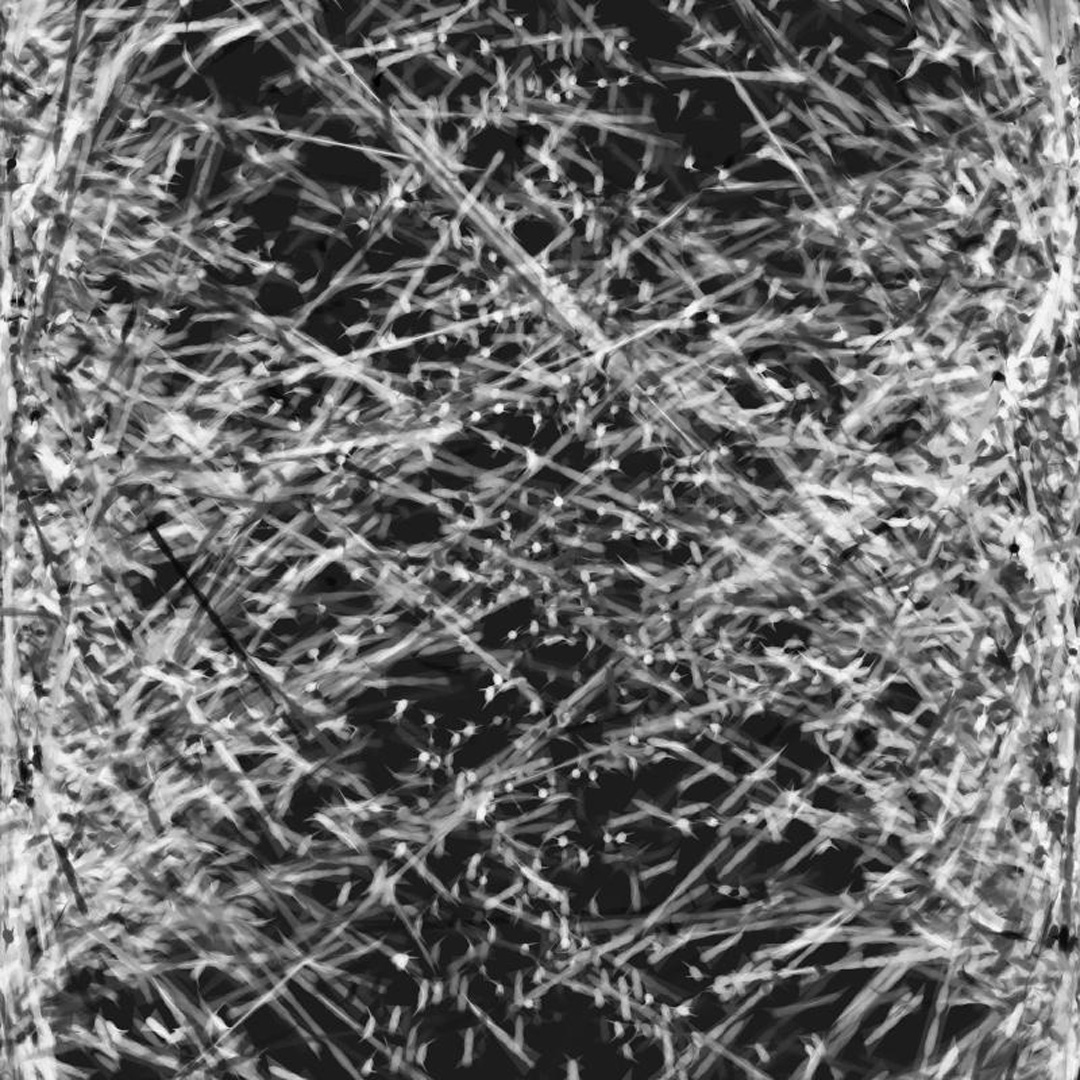“Self-assembled art” by Deaton
Conference:
Type(s):
Title:
- Self-assembled art
Presenter(s)/Author(s):
Entry Number: 27
Abstract:
Code (computer software and the technologies that it enables) is changing fundamentally how human beings interact with each other, and think about themselves and the world. It is a medium through which artists are increasingly expressing themselves. Code can serve as the tool which the artist uses to produce their work, or more interestingly, the artist takes the role of programmer and designs and implements an algorithm that generates the work of art. Thus, the artist’s ideas are filtered and constrained through the filter of code, whose limitations and capabilities shape and inform the consequent artistic vision. For example, Casey Reas through his {Software} Structures takes verbal descriptions of processes to produce visual components and turns them into programs[Reas 2009]. In what follows, a Turing-universal model of some natural and manmade phenomena, Self-Assembly, is adapted to the automatic creation of visual art.
References:
John, K., and Bar, M. 2005. Alternative mechanisms of structuring biomembranes: Self-assembly versus self-organization. Phys. Rev. Lett. 95, 198101.Google ScholarCross Ref
Reas, C., 2009. Software{Structures}. http://www.whitney.org/arport/commissions/softwarestructures/.Google Scholar
Winfree, E., Liu, F., Wenzler, L. A., and Seeman, N. C. 1998. Design and self-assembly of two-dimensional DNA crystals. Nature 394, 539–544.Google ScholarCross Ref






